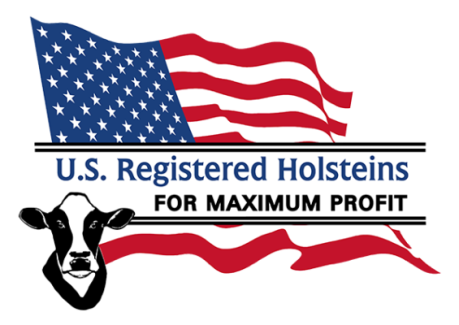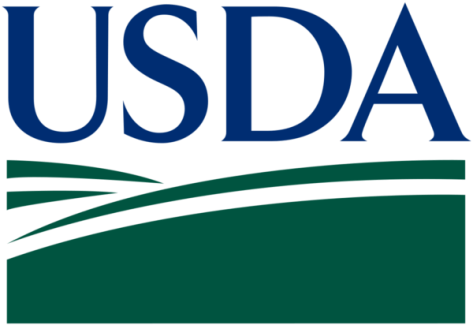Training cattle to poop and pee in a designated area could revolutionize manure management, pen and barn design, animal health and welfare.
And research proves it can be done, although more study is needed on the specifics.
Jennifer Van Os, a post-doctoral scholar in the University of British Columbia’s animal welfare program, is interested in taking up that study.

She would like to build on work done by Dr. Alison Vaughan, formerly of UBC, who undertook a study and published a paper in 2015 indicating dairy calves can be trained to urinate in a specific area.
Van Os was among several UBC researchers on hand March 8-10 to explain their work during the Western Canadian Dairy Seminar.
“I’m interested in taking over this,” she said about Vaughan’s initial study. “Part of the reason we design these barns on concrete is to manage manure and that’s why we want cows to lie in cubicles in a certain direction so that we can keep them clean.
“But then if they’re on concrete it results in lameness and all these other issues and I just love this idea because it could possibly improve or reduce lameness, reduce dirtiness problems and then also reduce pneumonia because of the urine and the feces combining.”
In her initial study, Vaughan focused on urination training for six one-month-old Holstein heifers. The animals were put in a stall and given a diuretic. As soon as they urinated, they were released from the stall and given a 20-millilitre milk reward from a teat.
They were then returned to the stall for two more urinations, each followed by two more milk rewards.
The next day, the calves were tested in the same pen. They were not given a diuretic but if they urinated within 15 minutes of entry, they were released to get a milk reward. Those that failed were given a time out with no reward.
The experiment went on for 17 days, with training days followed by testing days.
Vaughan found that calves urinated more often in the stall on test days than the calves used as a control.
One apparently precocious heifer learned to urinate in the required spot after only one training day and another heifer, apparently less trainable, failed to urinate more than the control animal during the entire test.
“This study is the first to show that cattle can be trained to urinate in a specific place and demonstrates that calves have both the cognitive ability and the physiological control required for toilet training,” said the study synopsis.
Van Os said the next step may be to see if calves can learn the desired place to urinate but also identify and avoid the wrong place.
The synopsis indicated that UBC’s department of physics is helping develop an automated system for detecting and rewarding urination and defecation in specific areas so producers wouldn’t have to spend time training animals individually.
“I’d love to see it someday come to fruition,” Van Os said about the research. ’
Source: Western Producer




